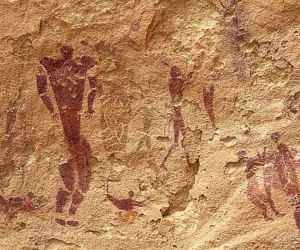The Cave of Swimmers is a significant archaeological site located in Egypt. It features ancient rock art on the Gilf Kebir plateau. This site lies in the New Valley Governorate, near the Libyan border. Discovery and Historical Significance In October 1933, Hungarian explorer László Almásy discovered the cave. It contains Neolithic pictographs depicting humans and…
Cave Paintings
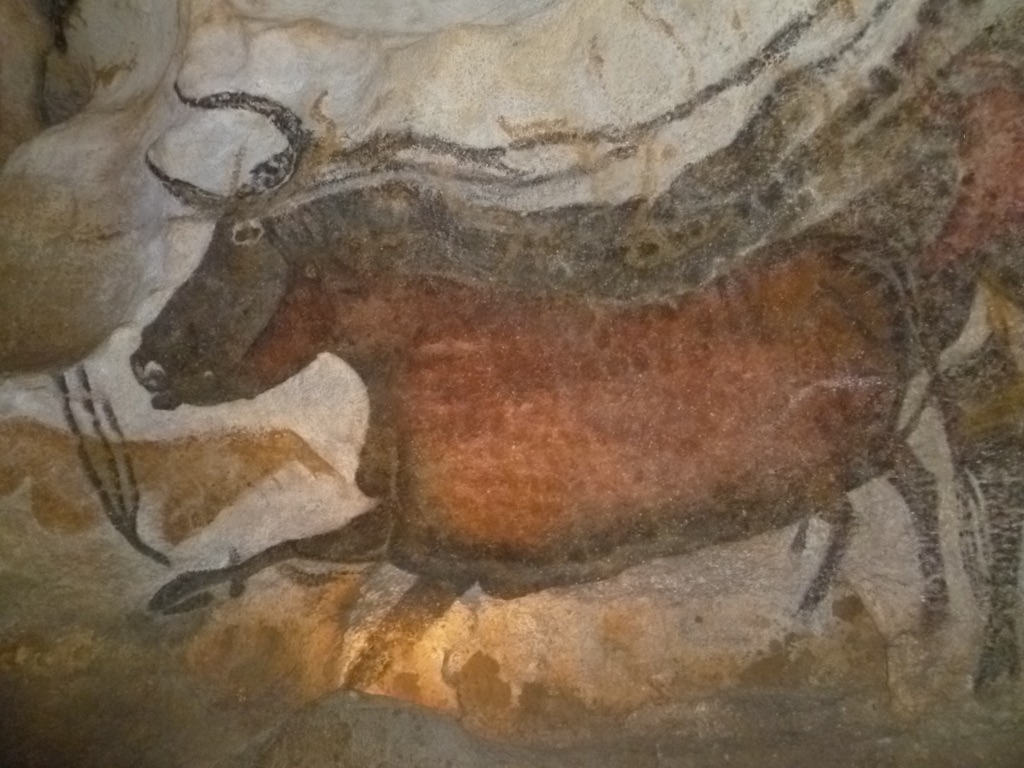
Cave paintings are some of the earliest forms of human expression, dating back tens of thousands of years. Found in caves around the world, these paintings often depict animals, human figures, and abstract symbols, showing how early humans interpreted their world.
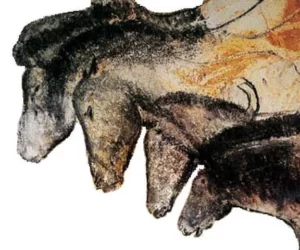
Chauvet Cave
Chauvet Cave, located in southern France, is one of the most significant prehistoric art sites ever discovered. Named after Jean-Marie Chauvet, one of the cave’s discoverers, it houses some of the oldest known cave paintings in the world. The cave’s artwork provides an invaluable glimpse into Upper Paleolithic life, dating to approximately 30,000 BC. Discovery…
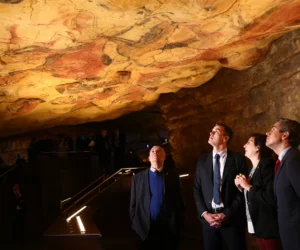
Cave of Altamira
The Mystical Cave of Altamira: A Journey Through Time The Cave of Altamira, located near Santillana del Mar in Cantabria, Spain, offers a breathtaking glimpse into prehistoric art. This cave complex, discovered in 1868, showcases remarkable charcoal drawings and polychrome paintings of local fauna and human hands from the Upper Paleolithic period, around 36,000 years…
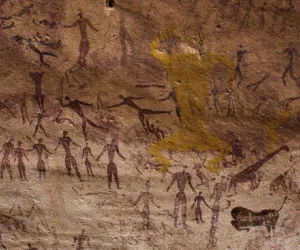
Cave of Beasts
Overview of the Cave of Beasts The Cave of Beasts, also known as Foggini-Mestikawi Cave, is a significant archaeological site in Egypt. It is located in Wadi Sura, within the Western Desert. This site features Neolithic rock paintings that are over 7,000 years old. Remarkably, the cave contains about 5,000 figures. Geographical Setting The cave…
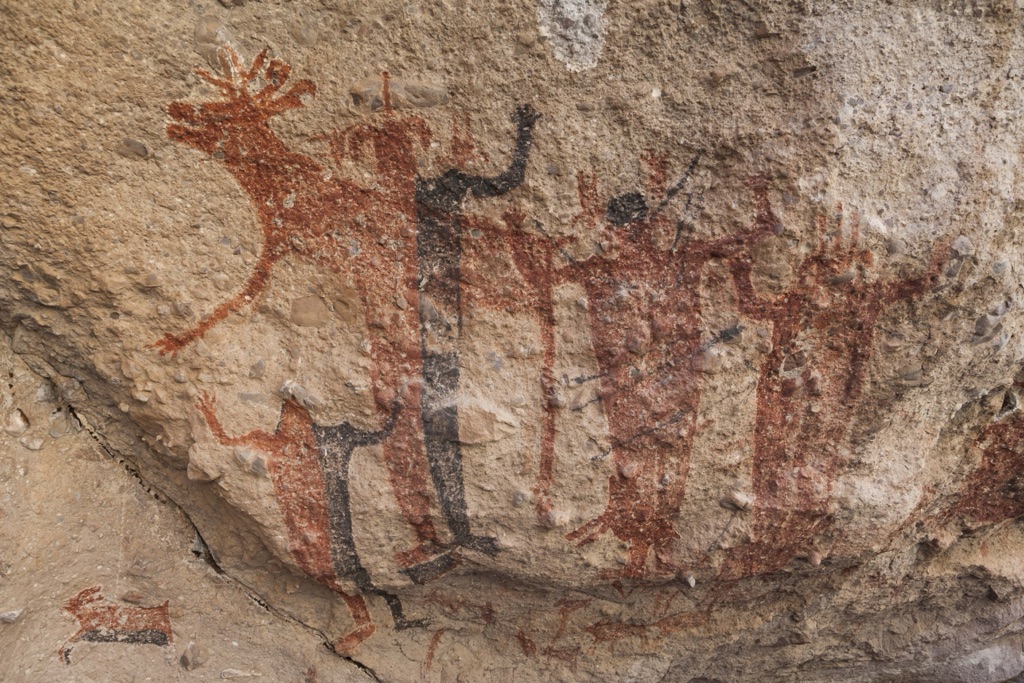
Rock Paintings of Sierra de San Francisco
The Rock Paintings of Sierra de San Francisco are a collection of prehistoric cave paintings in Baja California Sur, Mexico. They are one of the most outstanding concentrations of rock art in the world. These paintings, created by the indigenous people of the Baja California Peninsula, depict human figures, animals, and other symbolic elements. They are a testament to the rich cultural history of the region and have been recognized as a UNESCO World Heritage Site since 1993.
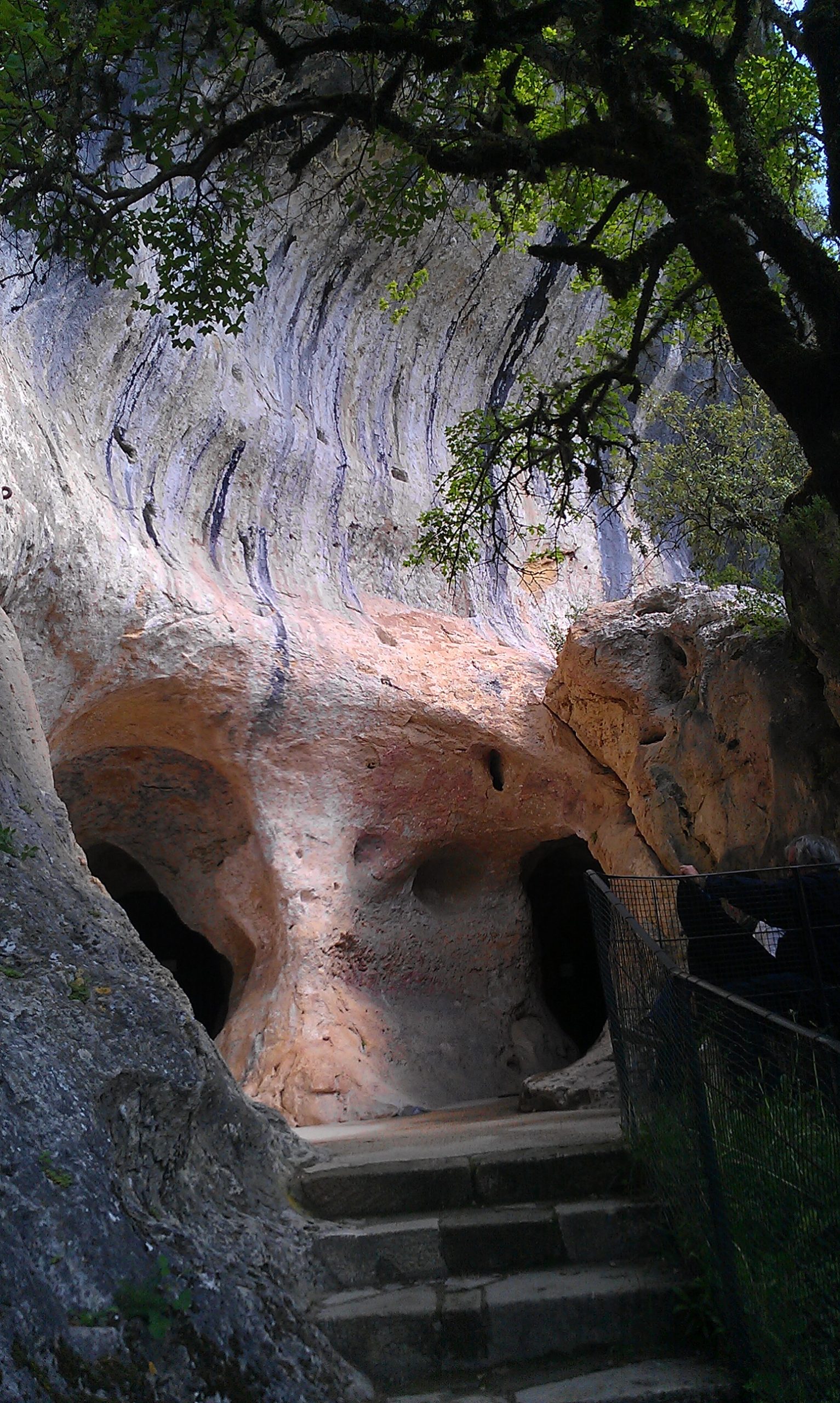
Grotte de FontGaume
The Grotte de Font-de-Gaume is a prehistoric cave located in the Dordogne region of France. It holds significant historical importance due to its Paleolithic cave paintings. These artworks are some of the few remaining polychrome, or multi-colored, paintings from this era. The cave is a key site for understanding early human artistic expression and has been a focal point for studies on prehistoric life. Discovered in 1901, it has since been protected as a cultural heritage site, offering insights into the lives and beliefs of our ancestors.

